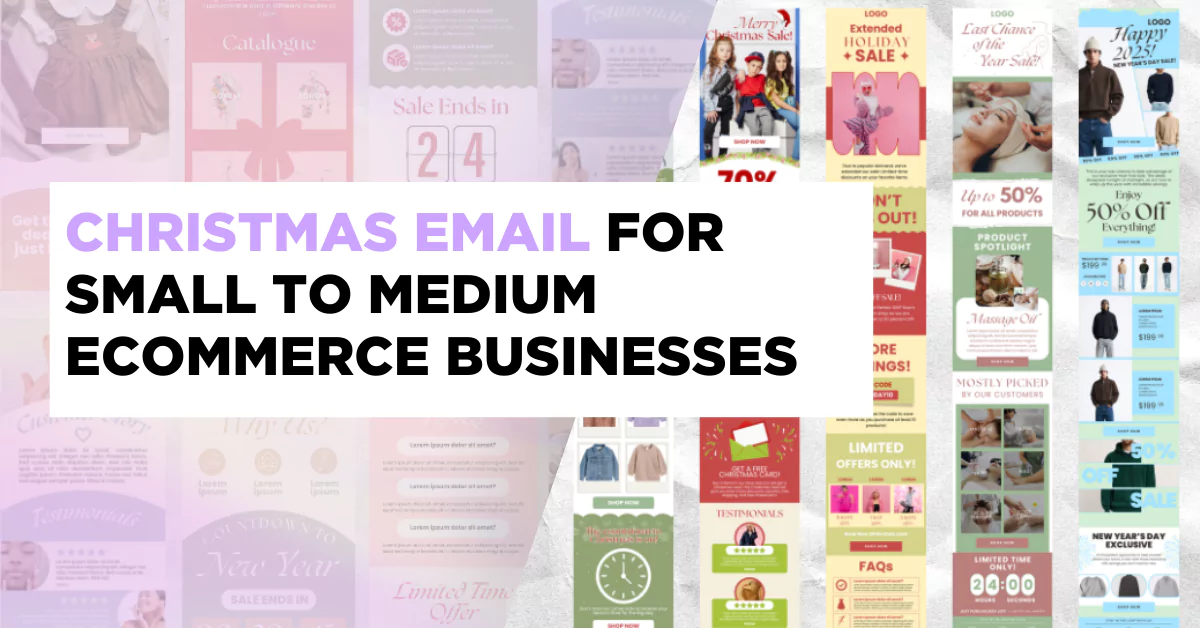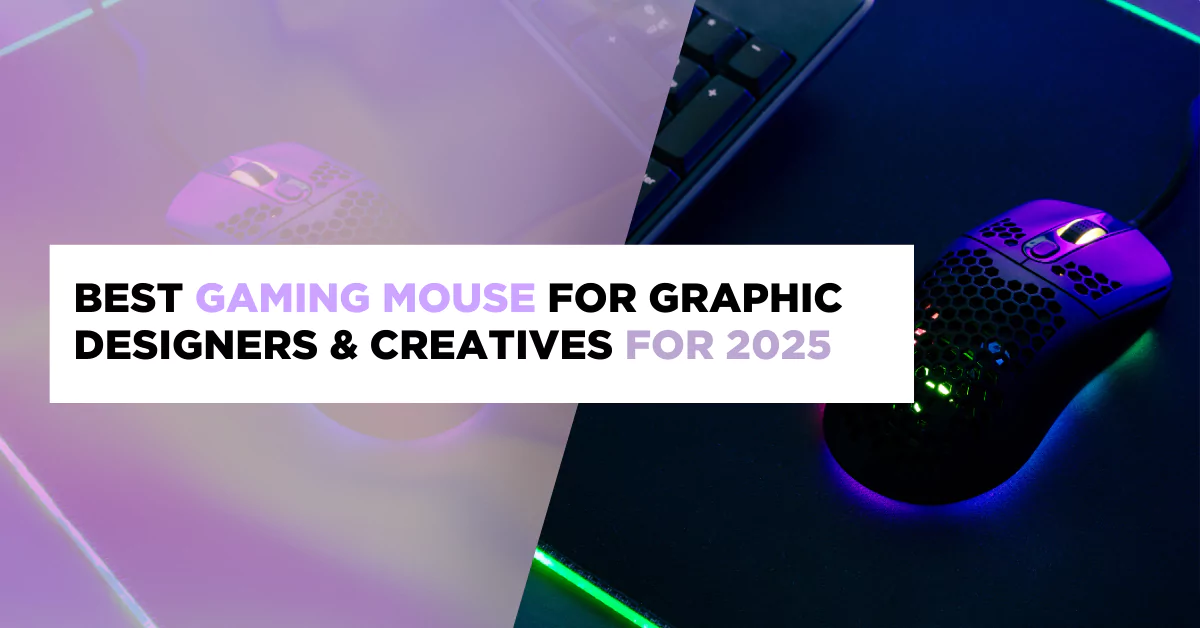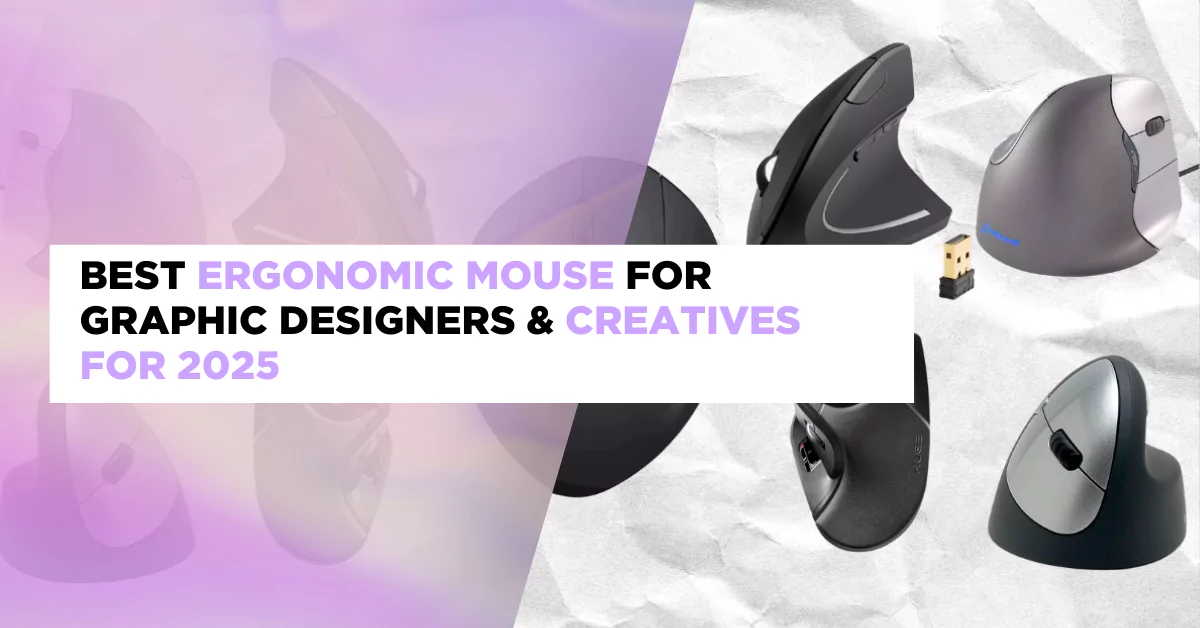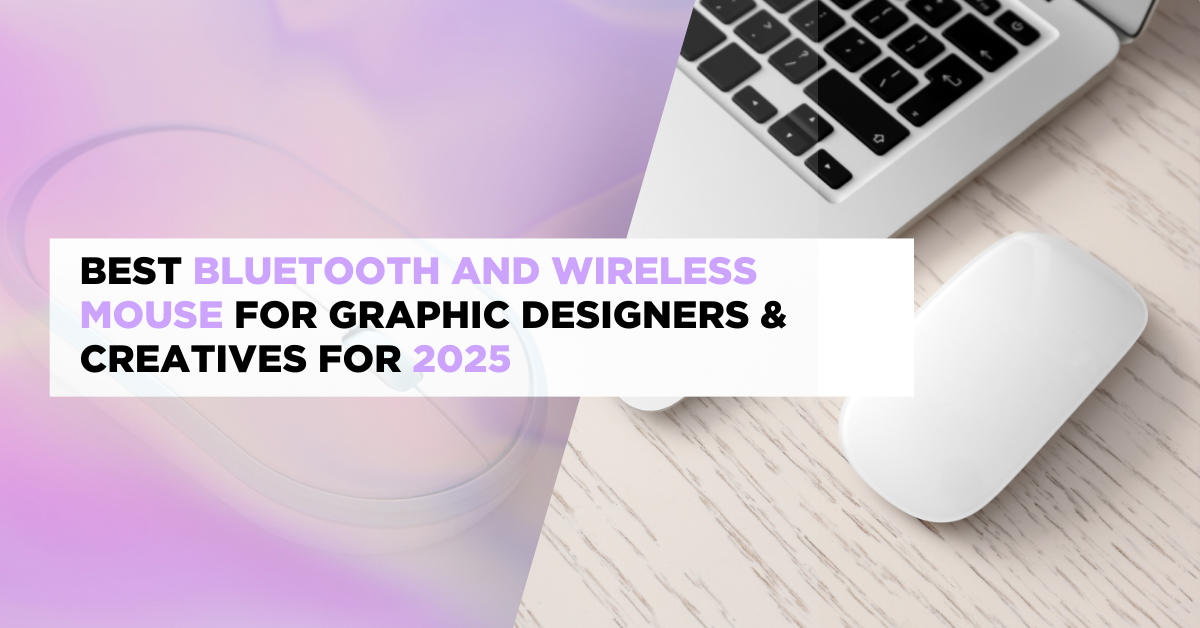
Top 10 UI/UX Design Trends in 2024
What is UX and UI design, you may ask? What’s that going to mean? User experience (UX) design focuses on the interaction of a user with an ordinary product or service.
The goal of user interface (UI) design is to make use of these products and services, both digital and physical, in an easy, logical, and fun way. User interface design is a user-centered method for designing the look of digital products.
It creates a user interface that looks and feels like the website or application. It also helps companies quickly create interfaces that are designed for ease of use and conversion. UX design tools incorporate best practices and user data.
This means that designers can devote less time to repetitive tasks, freeing them up for higher-level creativity. Going through this again, so designs can be refined as a result of usage data and user feedback, is also facilitated by AI assistance.
The trend in design and the value of today’s users should be taken into account by tech developers to remain ahead.
This is a collection of 10 trends in user experience design that should be introduced to the new products, ranging from personalized personalization to 3D features for voice search that serve all users better. These trends give us a look at the future of websites, applications, and software.
Tools for UI Design
Adobe XD

Adobe XD provides UIUX graphic design in motion. With animations and innovative transitions, interactive designs are taking on a new life. Auto-animate makes it fast and easy to create working prototypes that look real using static designs.
XD is a little more suitable, as it has a collection of triggers that make UI designs easier to create. Adobe XD is a great choice if you are an experienced web design professional or someone who’s about to start.
These features are not only useful, but they are also easy to use, which is characteristic of Adobe products. Adobe is a leading software developer, so there are lots of tutorials that designers at all levels can use easily.
Figma

Figma design is the creation, sharing, and evaluation of designs for websites, mobile apps, or other digital products and experiences by most of you.
It’s a popular tool that helps everyone involved in the design process contribute, give feedback, and make better decisions more quickly, including designers, product managers, writers, and developers. You can work together on a single project at the same time, thus facilitating collaboration and sharing feedback asynchronously and in real-time.
Sketch

For many user interface and user experience designers, the most popular choice was Sketch, a desktop vector graphics editor for MacOS released in 2010. Sketch is for digital designs, which means it does not contain any of the print design features.
You can work on projects in the native MacOS application and collaborate online with a synchronized web application. This tool also has a history of browsable versions, just like Figma.
In addition, by using the Sketch Web application, you can invite all visitors to experiment with prototypes or give feedback. Sketch doesn’t have a lot of documentation on how to use it, but it’s not as beginner-friendly as other platforms.
Tips for Designing UIs
Everything stems from knowing your users, including understanding their goals, skills, preferences, and tendencies. Once you know about your user, make sure to consider that keeping the interface simple is one of the things you should be doing. The best interfaces are almost invisible to the user.
Create consistency and use common UI elements; be purposeful in page layout; and strategically use color and texture. You can direct attention toward or redirect attention away from items using color, light, contrast, and texture to your advantage. Use typography to create hierarchy and clarity. Carefully consider how you use the typeface. Different sizes, fonts, and arrangements of the text help increase scanability, legibility, and readability. Make sure that the system communicates what’s happening.
Always inform your users of the location, actions, changes in state, or errors. The use of various UI elements to communicate status and, if necessary, next steps can reduce frustration for your user.
Lastly, think about the defaults. By carefully thinking about and anticipating the goals people bring to your site, you can create defaults that reduce the burden on the user. This becomes particularly important when it comes to form design, where you might have an opportunity to have some fields pre-chosen or filled out.
The top trends to watch out for in the field of UX design by 2024 are listed below.
Responsive UI
A responsive design, which responds to the size of the device, is a fully fluid grid-based system. Your visitors are presented with a layout that is designed to work for smartphones, tablets, desktop monitors, and different-sized devices.
Avoiding unnecessary resizing, scrolling, zooming, and panning in cases where sites have not been optimized for a different device is the ultimate goal of responsive design.
Microinteractions
One of the most important components in UIUX design is micro-interactions, which can have a significant impact on user experience. You’ll be focusing on creating simple micro-interactions that provide immediate feedback, inform users about tasks, and make the user experience more enjoyable by 2024.
Voice User Interface
A type of speech recognition technology, a voice user interface, enables users to interact with their computer systems, smartphones, or devices through commands such as “speak” or “hear.” Infotainment, smart home solutions, and medical care are some of the most important applications.
Over the past years, it has become increasingly important, and this trend will continue until 2024. Users are increasingly comfortable interacting with technologies through their voices as the number of smart speakers and voice-activated devices increases.
3D Minimalism
Another UIUX trend that is likely to gain popularity by 2024 includes 3D design and minimalism. To create user interfaces that are visually striking and attractive, it is possible to use 3D design.
On the contrary, the use of only those elements necessary for a user interface is minimalism. 3D designing combines it with minimalism, which gives you simplicity, clean lines, and a monochromatic palette with color used as an accent in your design. Refers to creating digital models of three-dimensional shapes or objects using software.
Businesses and professionals are taking advantage of 3D design to communicate ideas, develop products or customer experiences, and teach concepts in a variety of sectors.
Dark Mode
Dark displays with toned backgrounds and bold highlights will become more popular as a result of their aesthetic appeal and efficiency benefits.
According to research, dark modes minimize your eye strain while increasing attention and focus. Color, contrast, and font may all be used to maintain readability. When done correctly, dark UX designs result in elegant, appealing layouts.
Sustainability
Sustainable design is helping societies ensure the well-being of their people and harmony with the environment for generations by providing long-term solutions.
You can reduce waste by making products that are recyclable, compostable, and, even better, endlessly reusable. It has to be seen as a matter of both environmental and societal importance. To reduce the adverse impact on our environment and society, you need to take care.
Personalization
In 2024, personalization will make its mark on the design of user experience. Companies can make better user experiences more engaging, relevant, and satisfying if they’re able to tailor the experience for each user. Personalization will play a key role in shaping the future of user experience, from tailored content recommendations to changing user interfaces.
Gradients
If you want to achieve more with fewer elements, use a gradient. Although they have been used in design for years, gradients will add a touch of spring to your website in 2024. Gradients are a great way to keep your minimalist style but bring color and a vibrant vibe to your design.
Glassmorphism
In 2024, glassmorphism will be a style of UI design that gives surfaces the appearance of frosted translucent glass. The elements of the design appear to be stacked, with objects floating in space and the top layer appearing to be part of the glass.
You can use a blur of shadows to produce the desired effect and then create a transparent outline that is similar to the edge of the glass. An expression of minimalism, modernism, sleekness, and a futuristic look has been added by glassmorphism. An expression of minimalism, modernism, sleekness, and a futuristic look has been added by glassmorphism.
Hamburger Menu
A hamburger menu icon, which is an interface feature used to represent a menu of items that relies on three lines, like hamburgers among two buns, is typical in UI. The hamburger menu is the most space-saving menu of them all.
It is a helpful way of simplifying menus and grouping the various secondary features together, providing an overall pleasing design. There is also broad recognition of the icon itself.
Wrapping up
Web design is an opportunity to enhance your digital life with a little bit of color, imagination, and fun in a world full of uncertainty. Technological innovation, an increased focus on accessibility and inclusion, as well as constantly changing user expectations, will shape the UXUI landscape in 2024.
UX designers can remain ahead of the game and provide truly compelling user experiences by staying on top of trends and embracing new technology. So buckle up; it’s going to be a crazy ride.




